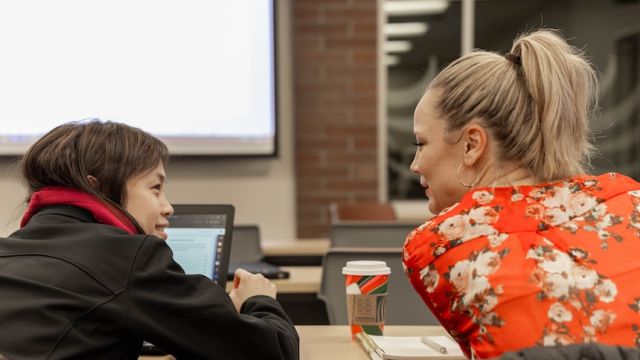The Pacific University Department of English welcomes writers and storytellers of all kinds.
We offer majors and minors in four areas, encouraging students to pursue their passion for words on the way to careers in publishing, education, and law. Study Creative Writing, Disability Studies, Editing & Publishing, and English Literature at Pacific.
We welcome writers who want to interrogate the literatures of the world, as well as those who want to make them. At Pacific, you can study abroad to hone your travel writing skills in Spain, as well as domestically to the Oregon Shakespeare Festival to engage the drama of William Shakespeare then and now. You can also meet your literary heroes interning with Pacific’s MFA in Writing as well as in public readings given as part of the annual Visiting Writers Series.
We offer students many avenues through which to develop and showcase their writing, as well as explore the careers to publish others. You can work as an assistant editor on the literary magazine and academic journal, IJURCA: International Journal of Undergraduate Research and Creative Inquiry. Compete, too, for prizes and publication in PLUM: Pacific’s Literature by Undergraduates Magazine.
Incoming first-year and transfer students who plan to major or minor in English are encouraged to apply to the Binford Endowed Scholarship.
Come find your voice at Pacific.




